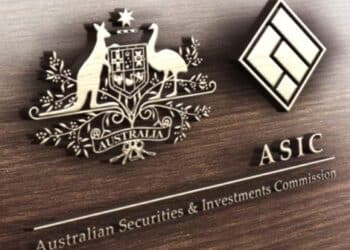The business confidence index rose from +5 points to +8 points, placing the index for the quarter well above the long-term average of +4.
NAB stated there was an improvement in sentiment across most states and industries, with the post-election period, stronger housing sector, lower Australian dollar and interest rates helping drive confidence up.
The survey also shows business conditions are at their highest level in more than a year, with GDP growth in the December quarter at around 3 per cent.
The figures remain below trend, however, with employment forward orders, the rate of capacity utilisation and employment conditions at relatively low levels.
Business conditions improved across all industries and states in the fourth quarter; Victoria, however, is the only state with a positive index.
According to the survey, the recreational and personal services sector is the strongest industry in terms of business conditions, although it only experienced a small rise over the fourth quarter.
Wholesale had the weakest business conditions, with the industry impacted by a depreciating Australian dollar.
AMP Capital’s head of investment strategy, Shane Oliver, said the improved levels of business confidence shown in the survey, along with the gains in retail sales, indicate an improvement in the Australian economy.
Mr Oliver said the 0.5 per cent increase in retail sales made December the eighth consecutive monthly gain, bringing annual retail sales growth to 5.7 per cent.
“In other words, retail sales growth looks to be breaking out of the malaise that it’s been in over the last four years that saw annual growth average just 2.7 per cent,” he said.
“This likely reflects a combination of improved household finances on the back of low interest rates, rising wealth levels and improved consumer confidence.”
Mr Oliver said December trade data was also much better than expected, with a surplus of $468 million.
“While the December surplus was exaggerated by a huge bounce in grain exports, the broad improvement in the trade balance after hitting a trade deficit of $3.1 billion in November 2012 is very positive,” he said.
Reduced mining and energy-related capital goods imports and increasing resources exports will continue to drive surpluses in the future, Mr Oliver added.







